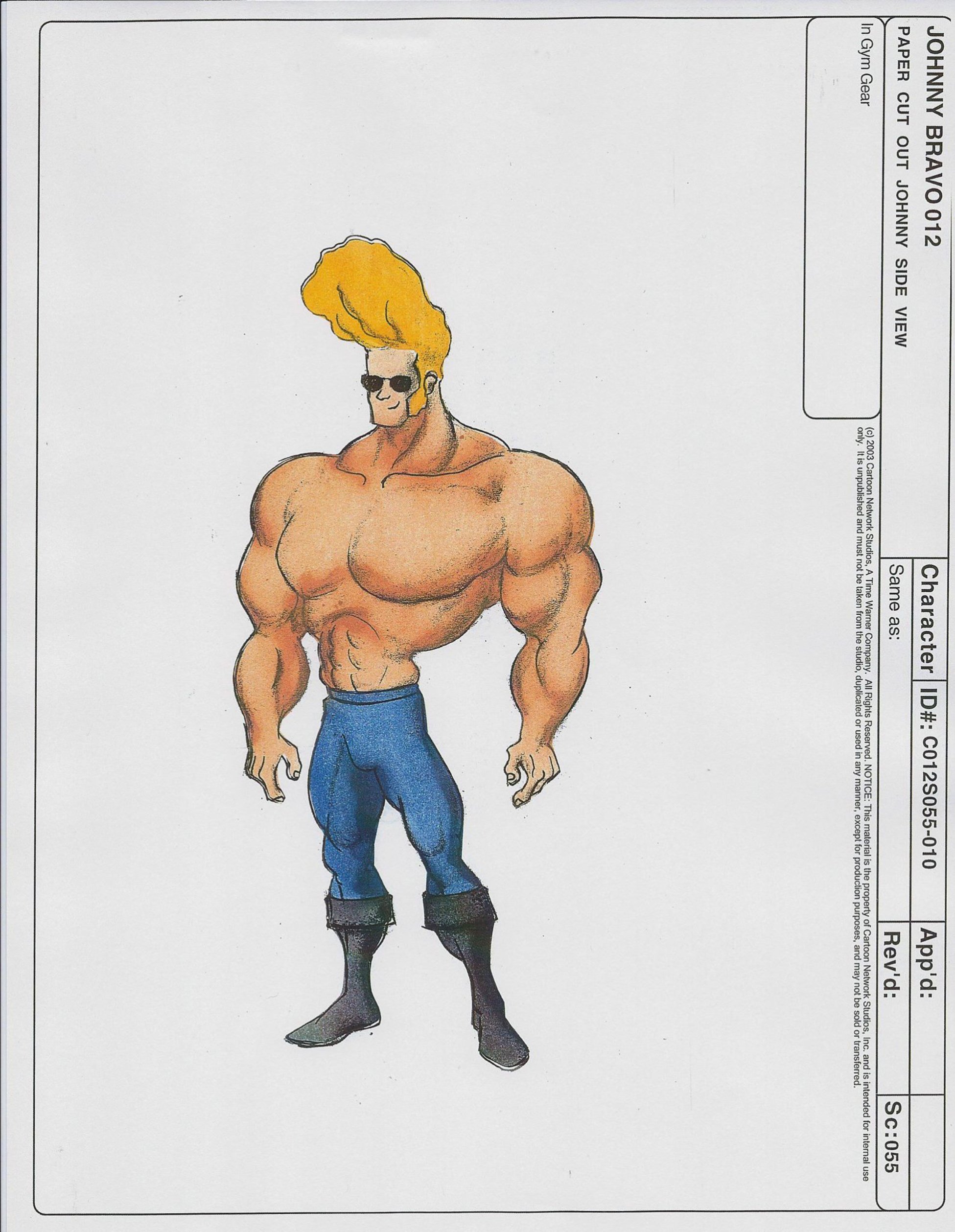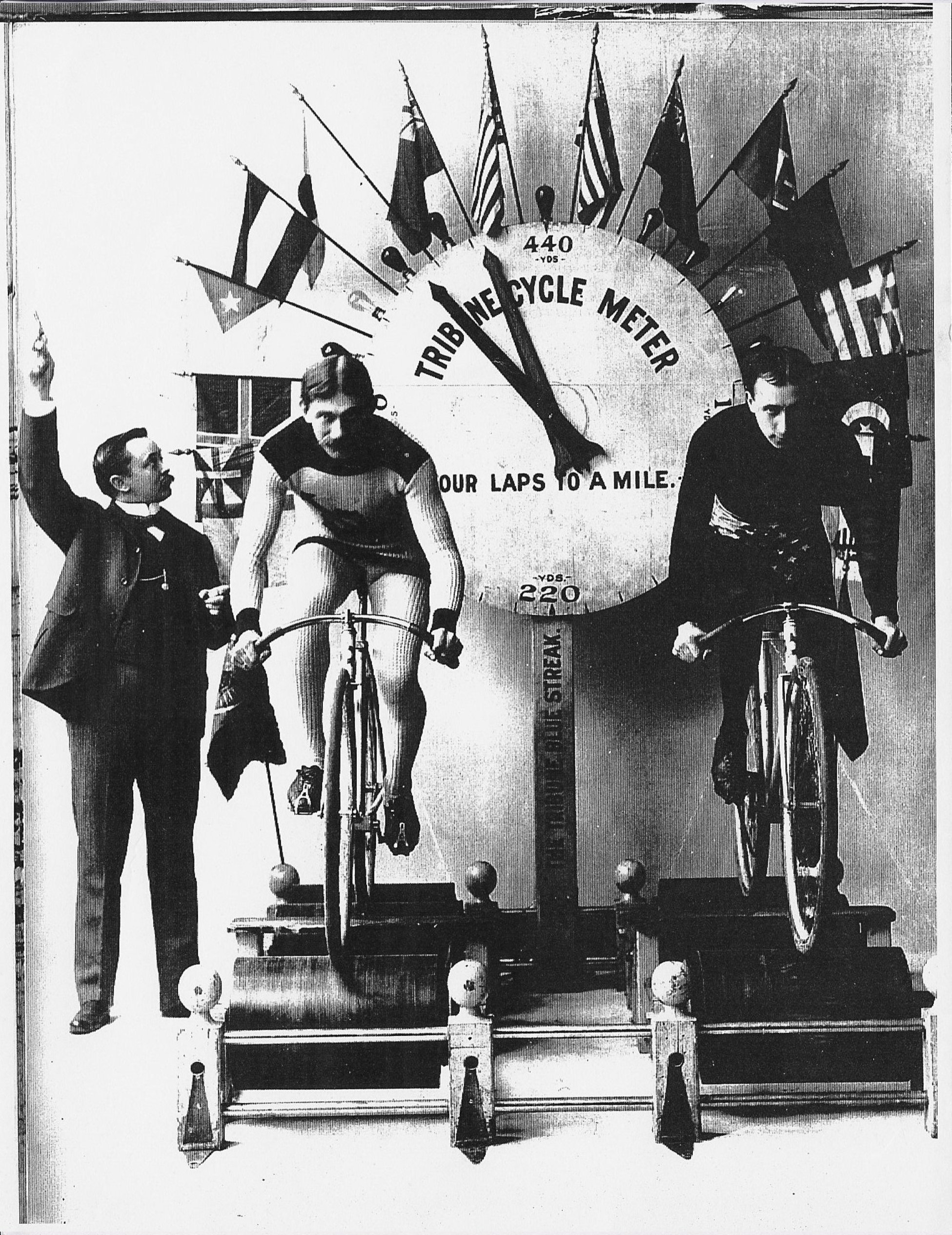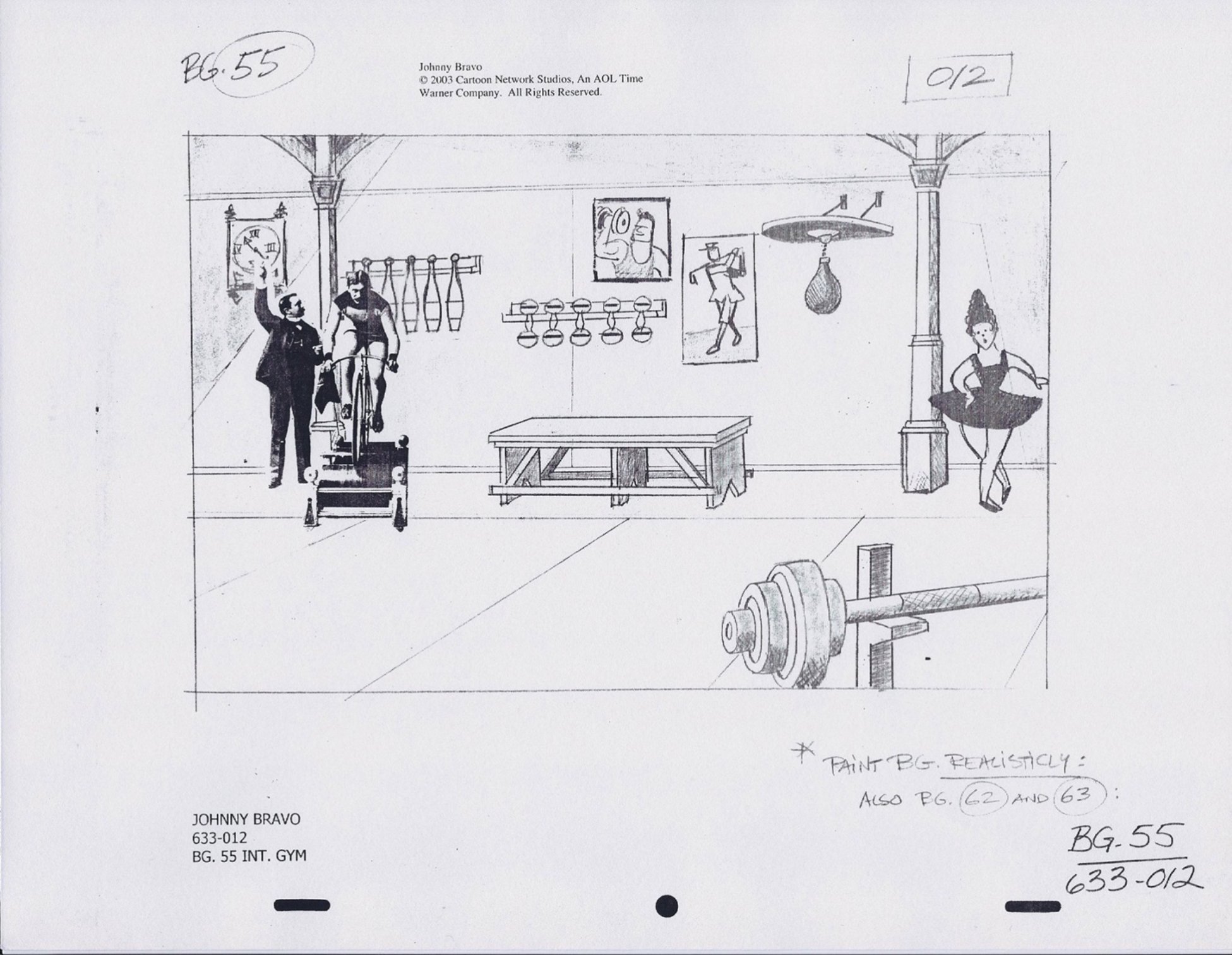In case you just joined us, I haven’t written in this blog for a while now. Why? It just wasn’t on my radar. Until now! So, to begin again, I thought I’d go more in-depth with all you wanted to know about creating a Johnny Bravo episode. Or, at least, as much as I can remember (and as much as I can retrieve from the storage bins in my garage). So, in true deep-dive form, I’d like to walk you through an episode of Johnny Bravo from my vantage point as the guy who watched it all unfold. In this series of posts, we’ll journey through one of my favorite episodes, "That's Entertainment!" It was from our fifth season and was one of a handful of episodes that I both wrote and directed. It also showcases the talents of my entire crew. First off, let me post the video for you to watch, just in case you missed it when it was on...
Hope you enjoyed the episode! (Deep breath.) Now, let’s begin our deep dive! (Cue “Sound of Music” soundtrack.) Let’s start at the very beginning… (End song abruptly here.) First of all, before you can move forward on any episode, you have to run a premise by the network and get it approved. The scan below is the unfinished, work in progress premise I put together to get the episode up and running. It’s my version of the 1950 Japanese movie, Rashomon by Akira Kurosawa, which, many of you know, is famous for using a multiple perspective storytelling device. But, rather than tell one story from different perspectives, we told different stories with different perspectives using different styles of animation.
Once the premise was polished and approved, we proceeded to move forward on creating the episode. Since we wanted the episode to have several design styles, we went ahead and started the design process early to help our storyboard artist, Vaughn Tada. That way, he didn't have to spend his time developing the new styles himself. The first style we tackled was a Terry Gilliam, Monty Python-esque style. For this, we had one of our designers, Serapio Calm, design a cutout version of an early 20th Century Johnny Bravo.
On the story front, once we had premise approval, we moved onto writing the script. This part of the process was given three weeks. Two weeks to write, then two weeks to get notes from the network, answer said notes, and do a punch-up (meaning, make sure it makes sense, make it tighter, and make it funnier)..
Once the first draft was approved, we made a list of all the roles we needed and worked with our casting director, Collette Sunderman, to match the best actor to each role. If we had someone in mind for the role during the premise stage, we would reach out as early as possible because it often takes a long time to hear back from their representatives. For example, I knew I wanted to work with Lea Salonga to play the Disney-esque princess for Suzy’s story so we had Collette try booking her first. So, as the train kept rolling along, the writer finished up the final draft of the script, the artists continued to create all the design aspects, and our casting director contracted and scheduled the voice talent. Which leads to our ext stop: the recording session!
TOP ROW: Tony Bancroft (Disney Director), Lou Fagenson (composer), Lea Salonga (actor), Collette Sunderman (VO Director), Robert Serda (engineer), BOTTOM ROW: Van Partible (creator), Diana Ritchey (line producer), Tony’s friend whose name I don’t remember, but she was nice)
The above photo was with @MsLeaSalonga at one of the many voice records we did for this episode. Since everybody couldn't make it into the studio at the same time, we had to record the actors separately. FUN FACT: On the far left is Tony Bancroft, the director of Disney's "Mulan" who I invited to come by since he was working next door to the studio at the time.
Meanwhile, in the design department… To create our Python-esque world, we turned to our layout artist, Jerry Eisenberg, to create an old-timey look using turn-of-the-century photos that were public domain as a base. From there, we manipulated the photos by cutting them out and using them as elements for the final layout. By washing over them with color, merging them with the background drawing, and finally painting everything to match, we created a collage that merged fantasy with reality.
That’s probably enough for now. I’ll give you some time to take it all in and I’ll return back here soon with some more stories, more designs, and more photos from “That’s Entertainment!” (Not to mention, more Johnny!) So, until next time…









